The pandemic has had many a dramatic impact on the grocery sector, but one of the biggest has been in food to go.
Before those fateful events last March, finding ways to fufill the quick lunch mission was a major opportunity for all grocers, and particularly those in convenience.
Then overnight our lives changed. We were locked down at home rather than commuting to the office or heading down the pub. Our only legitimate reasons for leaving home were for exercise or to shop for essentials.
While many grocery categories enjoyed a boom, those that relied on active lifestyles – such as food to go – went bust. That’s illustrated by recent data from the Lumina Intelligence UK Food To Go Market Report 2021, which found food-to-go sales fell by 46% in 2020.
The good news is these sales are expected to bounce back to 2019 levels by the end of next year. Indeed, this is already happening as more workers begin to return to their workplaces, even on a flexible basis.
The successful reopening of the hospitality sector has proved consumers retain a massive appetite for eating and drinking away from home, and there is no reason to suggest the situation will be any different when it comes to food to go. That could present a particular opportunity for convenience stores.
In the latest edition of The Convenience Mix Podcast – Reviving Food to Go – myself and co-hosts Lumina Insights director Blonnie Whist and Conveniencestore.co.uk editor Aidan Fortune have all admitted to running out of inspiration when it comes to our lunchtime cooking. We’re already turning to bringing in outside options, or what is being called ‘food to go at home’.
With this in mind, we have identified great opportunities ahead for convenience operators in traditional commuter settings, busy town centres and neighbourhood locations.
Of course, this return to some kind of normality doesn’t come without a fair number of challenges. And the grocery sector being what it is, nothing is going to come easy.
Competition will remain fierce – as illustrated by likes of Greggs thriving even in the face of very unfavourable market conditions. There is also looming regulation, including the restrictions on HFSS products due to come into force in October 2022. More pressingly, the rules governing allergen labelling, known as Natasha’s Law, are set to arrive this October.
Add all that to the current supply issues caused by the driver shortage, and the challenges keep mounting up. But as we discuss in this podcast, we firmly believe the opportunities far outweigh the negatives – and the truly innovative and committed retailers stand to thrive.
Click here to download the latest podcast or subscribe via your regular podcast provider.

Follow Ronan on Twitter: @ronyhegs View full Profile



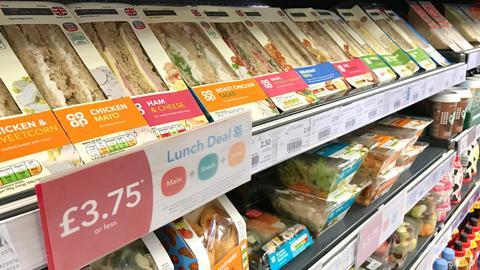


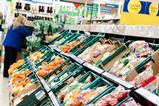
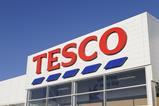



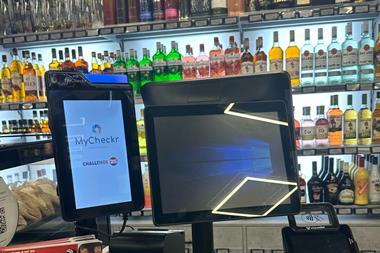
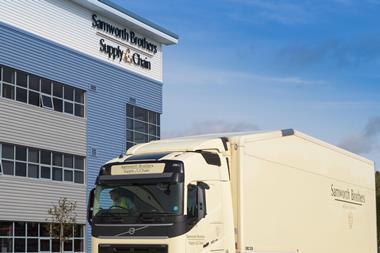


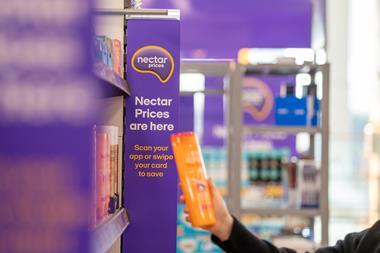

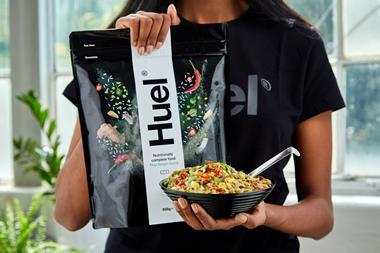


No comments yet